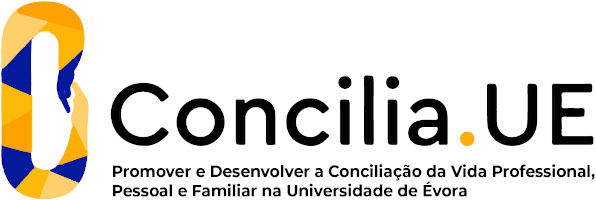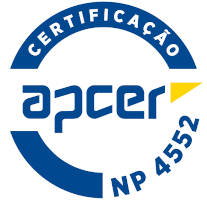2024
Instrumental Methods of Analysis
Name: Instrumental Methods of Analysis
Code: QUI13731I
6 ECTS
Duration: 15 weeks/156 hours
Scientific Area:
Chemistry
Teaching languages: Portuguese
Languages of tutoring support: Portuguese, English
Regime de Frequência: Presencial
Presentation
The UC Instrumental Methods of Analysis aims to provide students with a set of knowledge in this area, namely in absorption and emission spectrometry, luminescence, electrochemical methods and thermal analysis and X-ray diffraction, with greater application in the field of Pharmaceutical Sciences.
Sustainable Development Goals
Learning Goals
Through this Curricular Unit it is intended that students acquire and expand their knowledge, skills and competences on fundamental and modern analytical methods of characterization and physical-chemical analysis of substances and materials with importance in Pharmaceutical Sciences and that, in a solid and coherent way, they are able to select and apply them judiciously and appropriately to real cases.
Contents
Introduction to Instrumental Methods of Analysis and its contextualization in the scope of pharmaceutical analysis.
Fundamentals, instrumentation, practical aspects, analytical validation and applications of:
i) Molecular luminescence spectrometry, with special focus on spectrophotofluorimetry (the methods based on phosphorescence, chemiluminescence and electrochemiluminescence are complementarily addressed);
ii) Raman spectroscopy (normal and NIR, resonant, SERS, and microscopy (including confocal)).
iii) Atomic absorption and emission spectrometry in Vis / UV, including LIBS, ICP-AES/OES and MIP-AES/OES;
iv) Atomic mass spectrometry, mainly ICP-MS;
v) X-Ray diffraction, mainly XRPD,
vi) Electrochemical methods, namely conductimetric, potentiometric, voltammetric, amperometric and coulometric, including those that associates the use of electrochemical biosensors;
vii) Thermal analysis methods, mainly TGA and DSC, in pharmaceutical analysis.
Fundamentals, instrumentation, practical aspects, analytical validation and applications of:
i) Molecular luminescence spectrometry, with special focus on spectrophotofluorimetry (the methods based on phosphorescence, chemiluminescence and electrochemiluminescence are complementarily addressed);
ii) Raman spectroscopy (normal and NIR, resonant, SERS, and microscopy (including confocal)).
iii) Atomic absorption and emission spectrometry in Vis / UV, including LIBS, ICP-AES/OES and MIP-AES/OES;
iv) Atomic mass spectrometry, mainly ICP-MS;
v) X-Ray diffraction, mainly XRPD,
vi) Electrochemical methods, namely conductimetric, potentiometric, voltammetric, amperometric and coulometric, including those that associates the use of electrochemical biosensors;
vii) Thermal analysis methods, mainly TGA and DSC, in pharmaceutical analysis.
Teaching Methods
The teaching / learning process will be based on the student's work, through the contents taught and the guidance provided by the teacher, and will include moments of consultation and research. To promote the active and critical participation of students will be used didactic resources and dialectical teaching methods. Theoretical contents will be introduced in non-laboratory practical classes and consolidated through laboratory practical classes (PL), after which a work / report / questionnaire can be requested for evaluation. In most PL classes students will have contact with research work and advanced modern equipment.
The knowledge assessment will be based on a continuous assessment system, CA (ratings of three Frequencies, Fn, each contemplating the evaluation of the contents of the T/TP and PL classes), or a final assessment system, FA (rating of a final exam, FE, with the contents of the T/TP and PL classes). Weighting: AC - F1 (34%) + F2 (34%) + F3 (32%); FA - FE (100%).
The knowledge assessment will be based on a continuous assessment system, CA (ratings of three Frequencies, Fn, each contemplating the evaluation of the contents of the T/TP and PL classes), or a final assessment system, FA (rating of a final exam, FE, with the contents of the T/TP and PL classes). Weighting: AC - F1 (34%) + F2 (34%) + F3 (32%); FA - FE (100%).
Teaching Staff
- Jorge Manuel Ginja Teixeira [responsible]





















